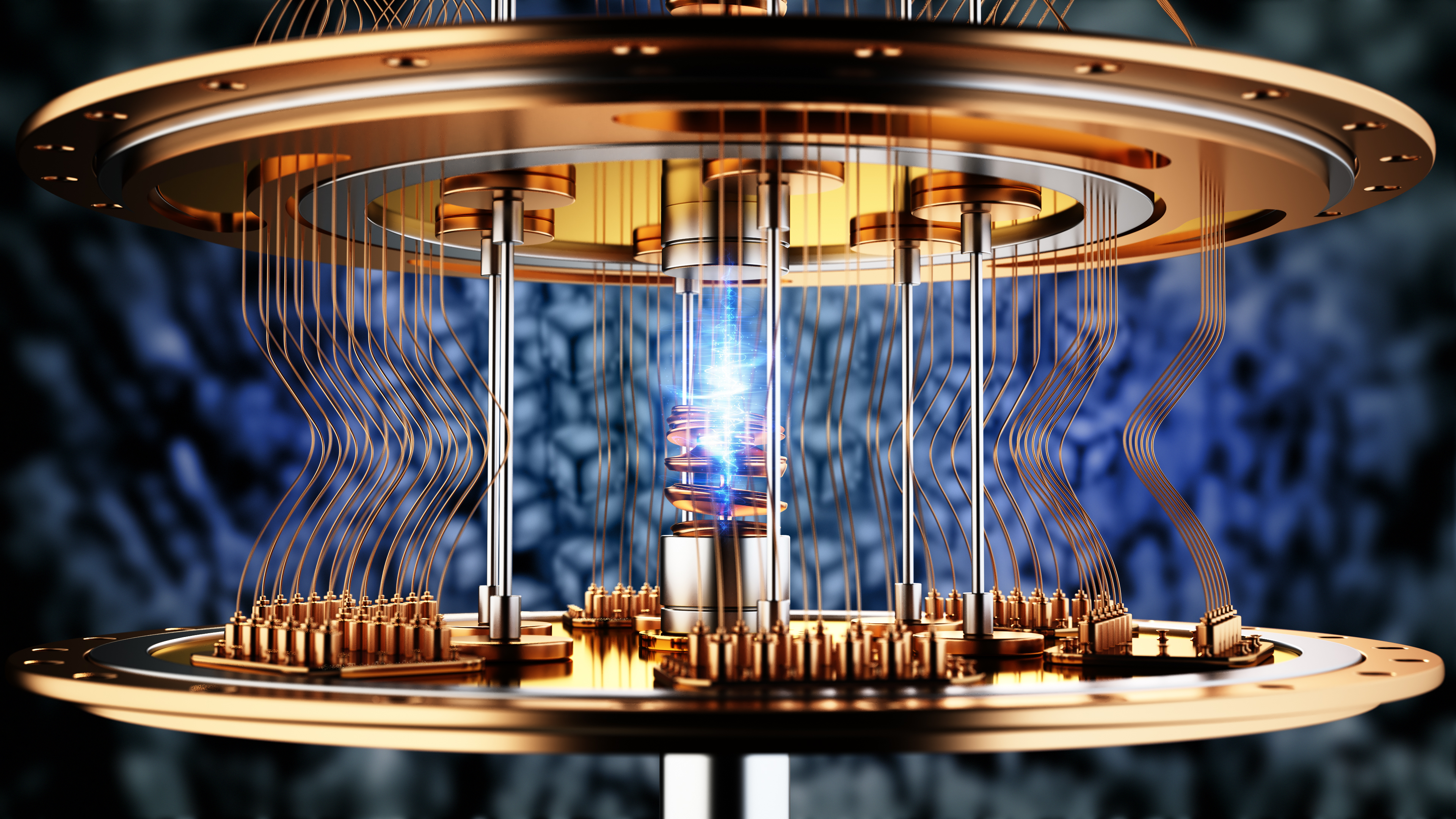While William Rowan Hamilton isn’t a household name like, say, Einstein or Hawking, he might have been. It turns out the Irish mathematician almost stumbled on quantum theory in the or around 1827. [Robyn Arianrhod] has the story in a post on The Conversation.
Famously, Newton worked out the rules for the motion of ordinary objects back in 1687. People like Euler and Lagrange kept improving on the ideas of what we call Newtonian physics. Hamilton produced an especially useful improvement by treating light rays and moving particles the same.
Sure, he was using it as an analogy. But fast forward a bit, and we find out that while light is like a wave, it is also like a particle. In 1924, de Broglie proposed that perhaps, then, matter could also be a particle or a wave. He was right, and this was the birth — or at least the conception — of what we now call quantum mechanics. This led to work from Schrödinger, Dirac, and others. Schrödinger, in particular, was intrigued with Hamilton’s analogies and joined them to de Broglie’s ideas. This led to his famous wave equation.
Hamilton did many other things, too. He was an amateur poet and developed the algebra of quaternions, although another mathematician, Benjamin Rodrigues, had written about an early version of them a few years earlier. He was also famous, or perhaps infamous, for being struck by inspiration while on a walk and carving an equation into a nearby bridge.
Source link


